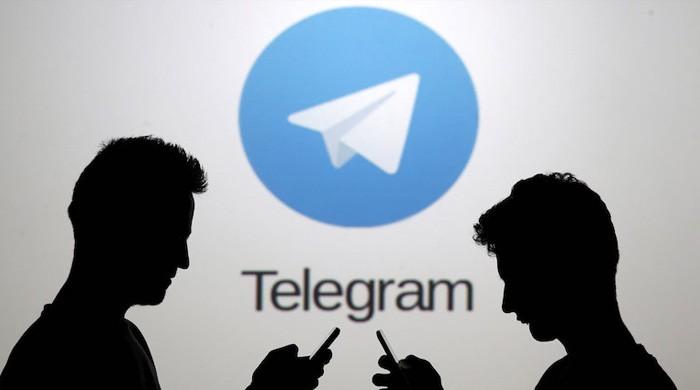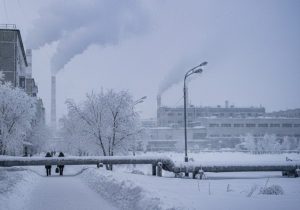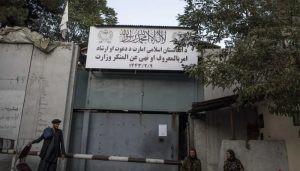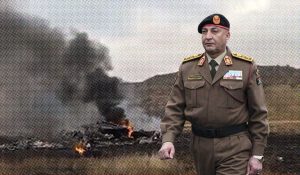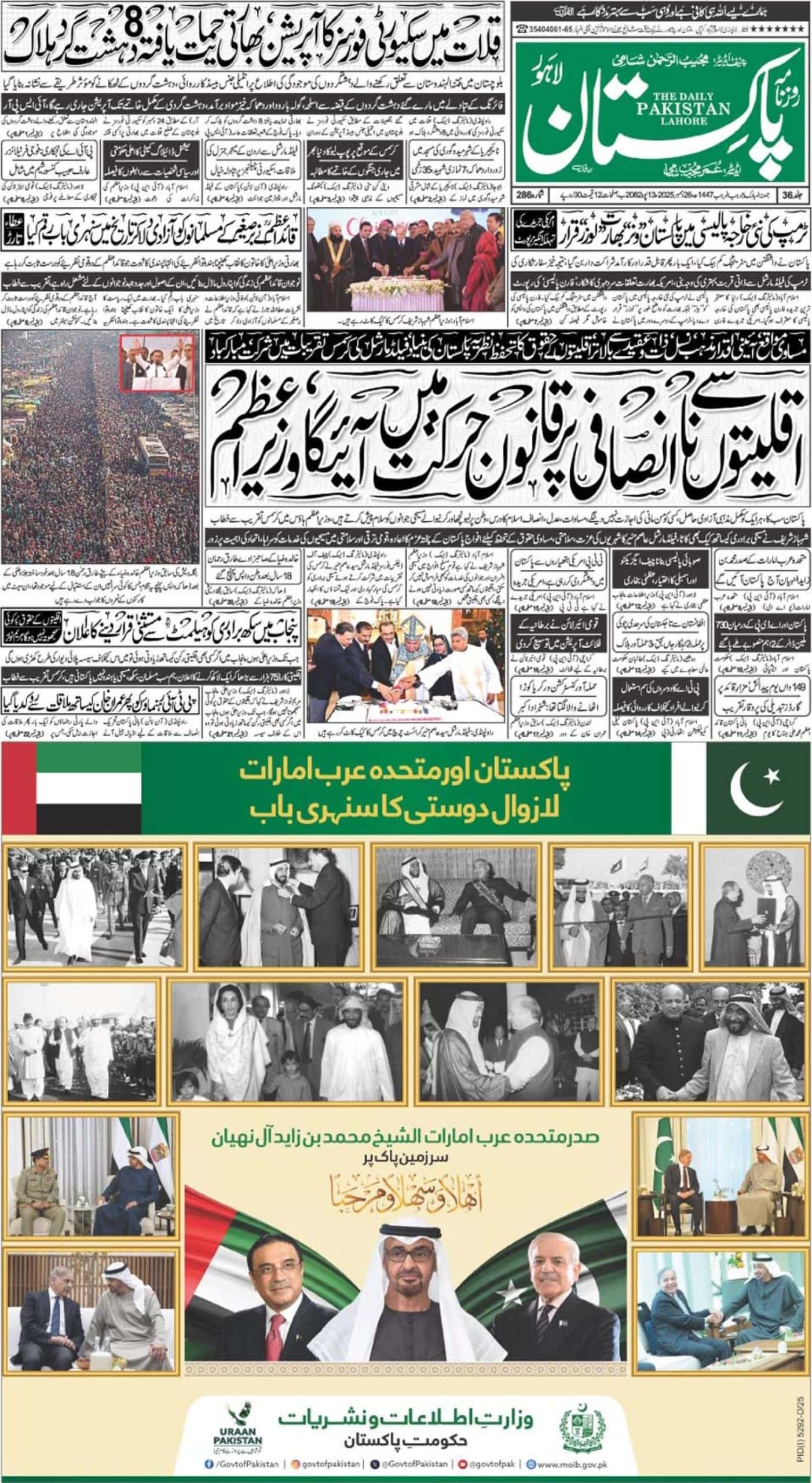TEHRAN – As the violent protests entered their fourth day despite the warnings of a crackdown, the Iranian government has restricted access to popular messaging and photo sharing apps on mobile phones, Iranian media reported on Sunday.
The authorities has reportedly blocked Telegram messaging app and Instagram, owned by Facebook Inc, and has also blocked mobile phone access to the internet in different areas of the country.
Iranian media claimed that access to Telegram, a widely used mobile app for information in Iran, was cut on Sunday in afternoon.
On Saturday, Iran’s Telecoms Minister Mohammad-Javad Azari Jahromi said, “A Telegram channel is encouraging hateful conduct, use of Molotov cocktails, armed uprising, and social unrest. NOW is the time to stop such encouragements via Telegram”
https://twitter.com/azarijahromi/status/947098403531640832
In response to Jahromi’s tweet, Pavel Durov, UAE-based CEO of the Telegram, said on Saturday:
https://twitter.com/durov/status/947139460881440768
Referring to an app criticised by the Iranian authorities, Durov said that authorities are blocking access to Telegram for the majority of Iranians after public refusal to shut down.
https://twitter.com/durov/status/947441456238735360
https://twitter.com/durov/status/947485424926248965
Tens of thousands of people have took to the streets in many cities since Thursday against the Islamic Republic’s government and clerical elite due to economic problems. At least two people lost their lives and dozens injured after in the demonstrations.
The protests began in Mashhad against high living costs and the struggling economy before spreading quickly to other areas and turning against the Islamic regime as a whole.
Slogans such as “Death to the dictator” have been heard throughout the protests.
There have been reminders of the regime’s continued support among conservative sections of society, with pro-regime students outnumbering protesters at the University of Tehran on Saturday.
Pre-planned rallies to mark the defeat of a 2009 protest movement also saw thousands of regime supporters out on the streets across the country on Saturday morning.
But the anti-government protests appear to have been driven in large part by poorer sections of society, angry over high unemployment, soaring prices and financial scandals.
“These protests are driven by the lower levels of society who have been hit by major economic problems, particularly losing their money when credit institutions collapsed,” said Payam Parhiz, editor in chief of reformist media network Nazar, which first broke news of the Mashhad protests.
“These economic protests are not something that has started overnight, it’s been at least a year since these people lost their money in credit institutions and have been protesting at various places,” he told AFP.
Unemployment is particularly high among young people, who have grown up in a less restrictive environment and are generally considered less deferential to authority.
Distressing images: reported three protestors killed in Iran by government forces. #IranProtests pic.twitter.com/hULyoq00vG
— Katie Hopkins (@KTHopkins) December 31, 2017
Since the 2009 protests against a disputed presidential election that gave hardliner Mahmoud Ahmadinejad a second term were ruthlessly put down, many middle-class Iranians have abandoned hope of securing change from the streets.
But low-level strikes and demonstrations have continued, with bus drivers, teachers and factory workers protesting against unpaid wages and poor conditions.-Agencies

